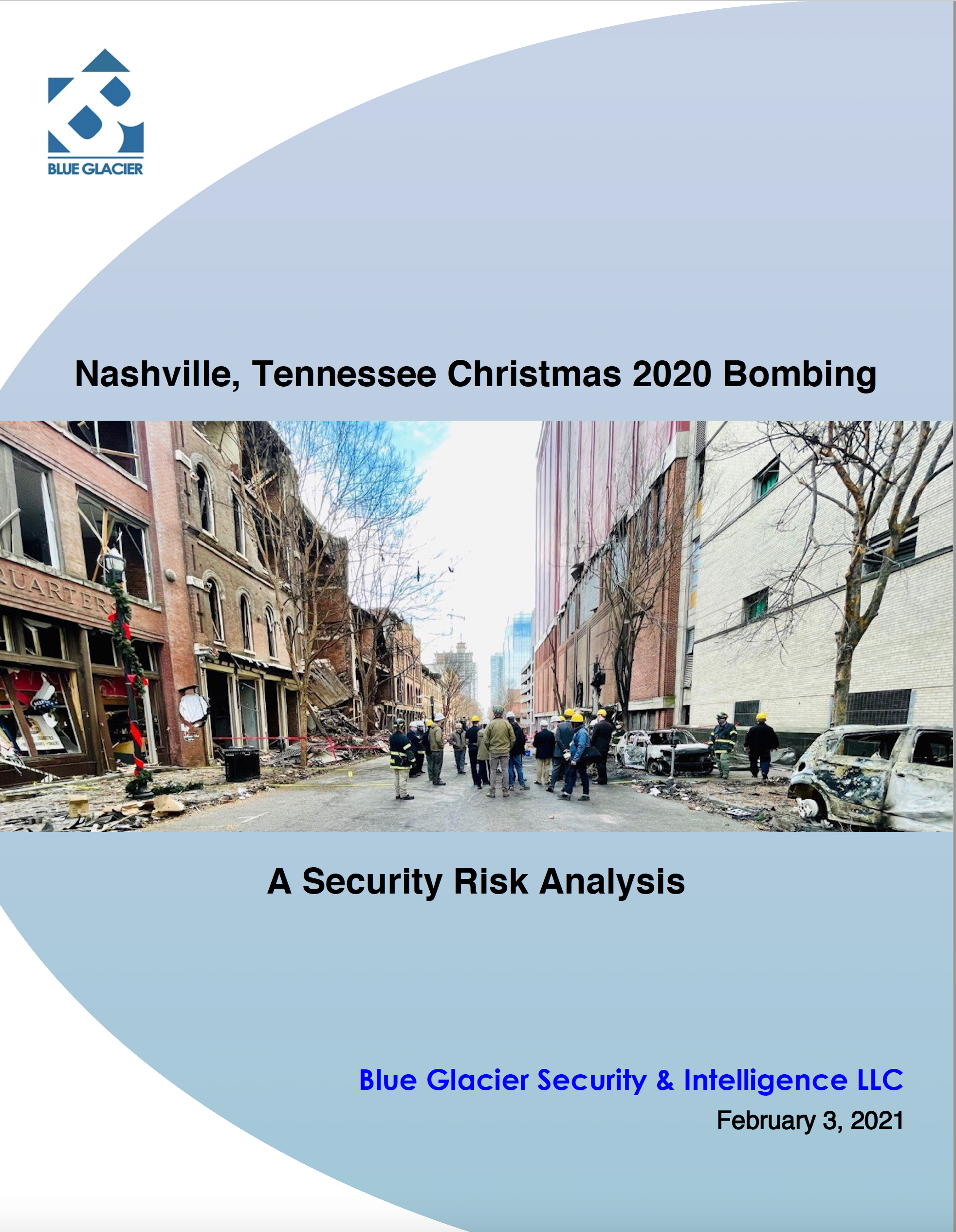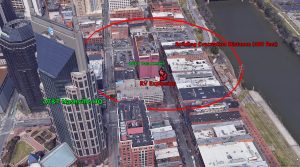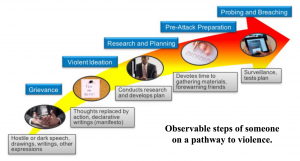
06 Feb Blue Glacier releases report on the Nashville, Tennessee Christmas bombing
Blue Glacier has published its report on the bombing in Nashville, Tennessee that occurred on December 25, 2020. The report includes a discussion on the suspect (Anthony Warner), the bomb’s effects and impacts on the AT&T network hub and beyond, physical vulnerabilities of critical infrastructure, threat outlook, and a red team alternate scenario. Roughly 100 sources were used to write the report. Some of the report’s key judgements:

Terrorism?
(Medium Confidence) Anthony Quinn Warner’s December 25, 2020 bomb attack in Nashville, Tennessee, likely does not qualify as terrorism, as there is currently no publicly known evidence of Warner’s desire to intimidate or coerce a civilian population or government.
 Explosives Effects
Explosives Effects
(High Confidence) Most of the buildings affected by the explosion, including those deemed unsafe for use and occupancy or unsafe due to glass damage, are within 400 feet of the explosion. Several critical infrastructure facilities—including City Hall, the State Capitol, and courts—are within the shelter-in-place zone for a vehicle laden with explosives. The most distant buildings to suffer damage from the explosion appear to be two high-rises about 1,700 feet, or 0.3 miles, from the detonation.
Casualty Avoidance
(Medium Confidence) Warner likely intended to minimize civilian casualties, consistent with some past U.S. domestic terrorist groups and some foreign terrorist groups within their native countries. However, it cannot be ruled out that he tried to lure law enforcement personnel to the RV in order to target them with the explosion, rather than to assist in the evacuation.
Critical Infrastructure Impacts and Implications
 (High Confidence) The RV detonated adjacent to an AT&T network hub. The disruptive attack immediately revealed vulnerable dependencies among communications service providers, in addition to vulnerable dependencies other critical infrastructure sectors have on the communications sector. Most disrupted appear to be the emergency services, health and healthcare, and transportation sectors. The attack affected various critical infrastructure sectors in five states.
(High Confidence) The RV detonated adjacent to an AT&T network hub. The disruptive attack immediately revealed vulnerable dependencies among communications service providers, in addition to vulnerable dependencies other critical infrastructure sectors have on the communications sector. Most disrupted appear to be the emergency services, health and healthcare, and transportation sectors. The attack affected various critical infrastructure sectors in five states.
Physical Vulnerabilities
(High Confidence) Warner’s attack highlights the physical vulnerabilities of some critical infrastructure, especially the communications sector. In the near to mid-future, domestic violent extremists, violent militia extremists, and white racially and ethnically-motivated violent extremists most likely pose the highest threat to critical infrastructure, including the communications sector.
For Blue Glacier’s full report, click on the link:
Blue Glacier Nashville Christmas 2020 Bombing Analysis Feb 3, 2021 Final

Jar Head
Posted at 05:10h, 20 FebruaryWhen was the last time a suicide bomber was a lone wolf? I never heard of that in all my years in intelligence work. First? Been out of the game awhile.
Rejekibet
Posted at 09:57h, 12 MarchThank you for this insightful report on the Nashville Christmas bombing. The detailed analysis of the events and the implications for security moving forward is particularly eye-opening. It’s crucial we understand these incidents to prevent future tragedies. Great work, Blue Glacier!
s8 game play
Posted at 17:26h, 13 AprilThis report on the Nashville Christmas bombing is both insightful and timely. I appreciate Blue Glacier’s thorough analysis of the incident and the implications for security in urban environments. It’s crucial that we understand the factors at play to prevent similar tragedies in the future. Thank you for shedding light on this important issue!
19 CLUB LOGIN
Posted at 21:23h, 08 JuneThis report provides a crucial insight into the Nashville bombing, highlighting the ongoing importance of security and intelligence in our communities. Thank you, Blue Glacier, for shedding light on this topic and keeping us informed!
Big Daddy
Posted at 19:22h, 01 SeptemberThis report provides crucial insights into the Nashville Christmas bombing. It’s essential for us to understand how such incidents unfold and how we can prevent them in the future. Thanks for the thorough analysis, Blue Glacier!
hiwin
Posted at 03:17h, 07 DecemberThank you for the insightful report on the Nashville Christmas bombing. It’s crucial to analyze the security implications surrounding such incidents. The details on the investigation timeline and response are particularly thought-provoking. Looking forward to more updates on security measures in the aftermath.